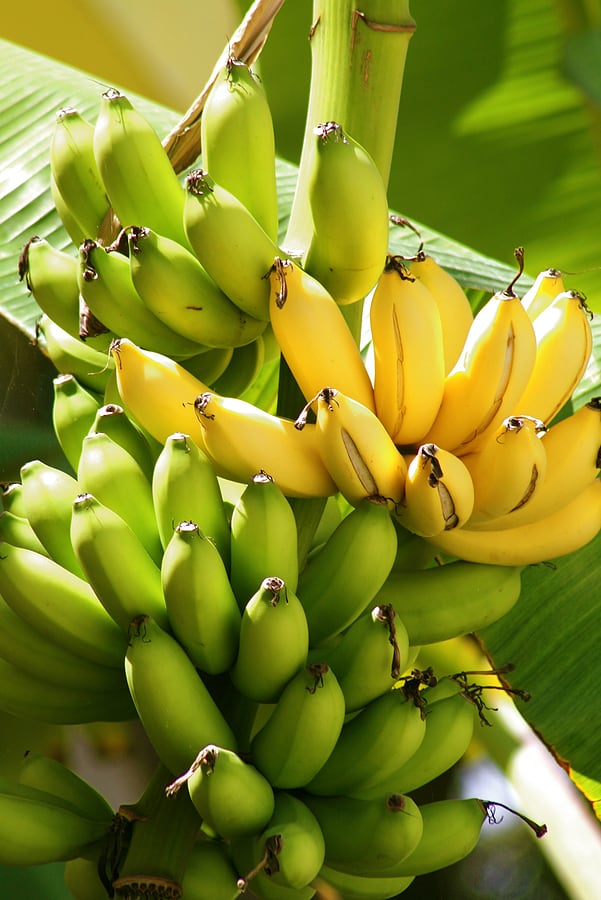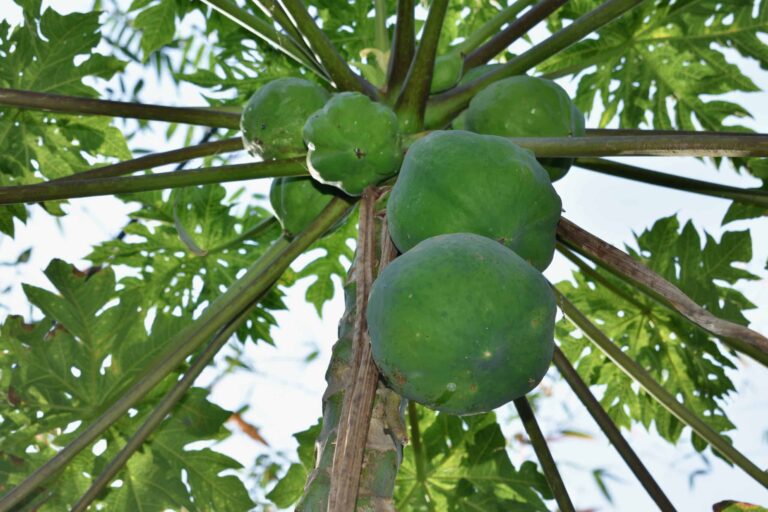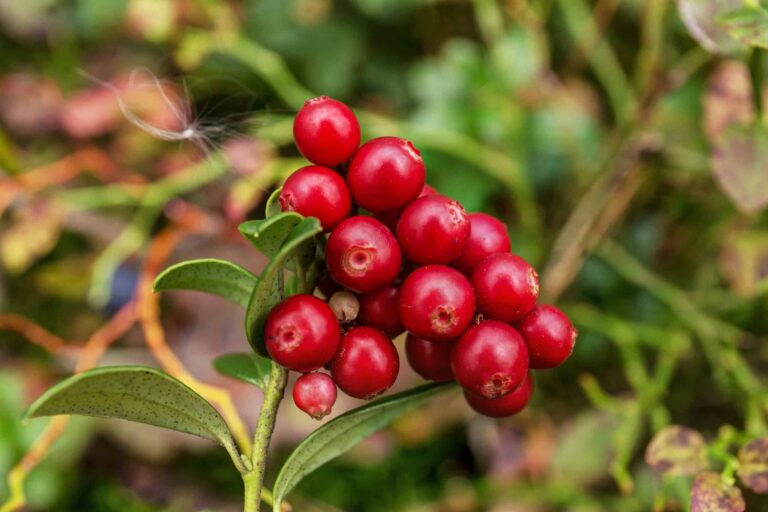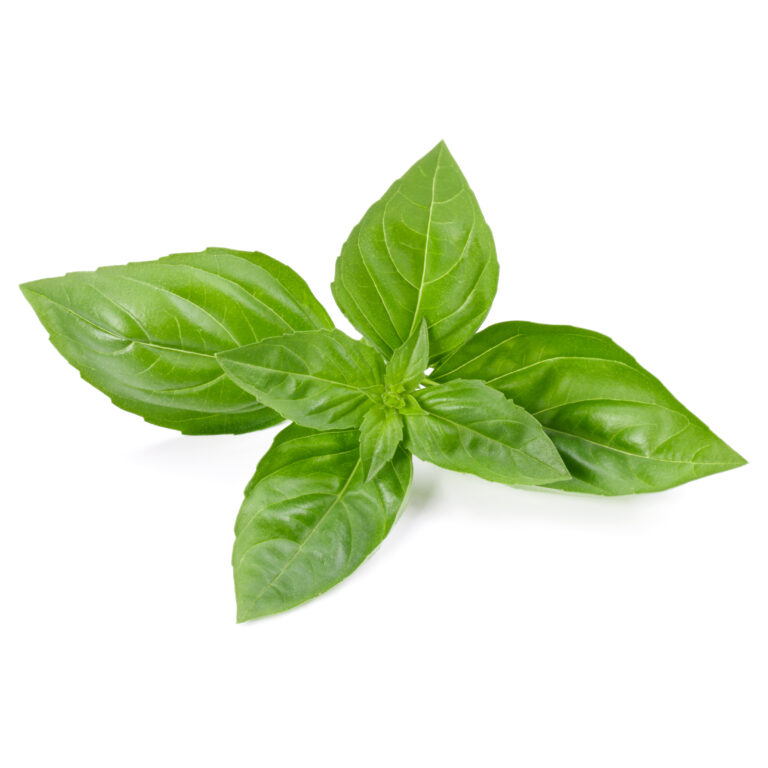How to Prepare and Serve Bananas
There are bananas for eating out of hand, and there are bananas for cooking, and then there are bananas for eating out of hand and for cooking. If you think of a banana as simply a long, tapered, yellow fruit then you are missing out on some very colorful and very tasty bananas. Some bananas are eaten raw for a sweet snack or dessert, but others can be cooked and served just like a savory vegetable.
Bananas, in the market, are not as predictable as they once were. It is not unusual to have a choice.
Banana varieties for kitchen use
There are more than 500 varieties of bananas. Here are the most common banana varieties:
more than a handful of banana varieties that are worth a try and not difficult to find:
Cavendish
Cavendish is the most popular, the standard banana. It is a sweet, smooth fruit with yellow skin and a thin peel. It is perfect for eating out of hand when its skin grows bright yellow and a bit flecked. It is not the long tapering banana you used to know, that was the Gros Michel (considered by many to be the most flavorful banana). Because the Gros Michel variety is susceptible to root disease, it is seldom seen in the market today. The Cavendish and Gros Michel could be mistaken for one another except for the shape of their tips. The Cavendish has a blunt tip; the Gros Michel has a tapered point. There Cavendish sometimes comes to market under cultivar names. Valery and Williams are Cavendish bananas so is the slightly larger Giant Cavendish. Guinea Verde is a Cavendish used as a starch much like a plantain.
Gros Michel
Gros Michel is a long-tapering, yellow banana with thick skin that many say is the most flavorful of all bananas. Also known as Big Mike, Gros Michel became susceptible to soil-borne diseases and was phased out of wide commercial production in the 1960s. If placed side by side with the Cavendish, the Gros Michel will have a tapered tip and the Cavendish a blunt end.
Ice Cream or Blue Java
Ice Cream or Blue Java banana has a silvery bluish cast to its skin when unripe. The 7 to 9-inch-long Ice Cream ripens to a pale velvety yellow color. This banana has the flavor and creamy smooth, melt-in-your-mouth texture of vanilla ice cream. It is aromatic and delicious fresh or cooked. The Ice Cream is considered a great dessert banana.
Manzano
Manzano is a short chubby banana also called apple banana or finger banana or baby banana. The manzao is called apple banana because its flavor is reminiscent of an apple. It is called a baby or finger banana because it usually grows to no more than 4 inches long. The manzano is thicker than other bananas and has three distinct sides. The manzano takes time to ripen and is not at its tastiest until its skin is black. However, it is still delicious when partly yellow. The manzano has a creamy texture but slightly grainy seeds. Cooking greatly intensifies the flavor of the manzano but can leave its texture somewhat mushy. Still the manzano is considered a great dessert banana.
Niño
Niño is a sweet, creamy banana with a honey-like tropical flavor and floral aroma. Niño grows 3 to 4 inches long and is deep yellow with black spots when ripe. This banana has golden flesh and a velvety texture. It is also called honey banana, sucrier or Dominique. Niño is excellent fresh or cooked. Cooking develops its creaminess and heightens its flavor and color.
Orinoco
Orinoco is a fat, squat banana about 2 to 5 inches long whose flesh is soft on the outside and slightly crisp in the center. The Orinoco is ripe when its peel is deep yellow with black flecks. It has a mildly sweet flavor with subtle lemon overtones. Cooking brings out this banana’s starchiness. Sautéed slices make a nice vegetable dish. The Orinoco is also called burro banana or horse banana.
Plantain
Plantain is a cousin of the banana. It is known as a cooking banana because it has higher starch content than the banana which ensures that it will not fall apart or become mushy when deep-fried, pan-fried, baked, or stewed. Cooked, the plantain tastes like a less sweet, blander version of the banana. Plantains are usually treated like a potato in the kitchen, thus the common name potato of the tropics. When extremely ripe plantains become sweet enough to eat raw. A fully ripe plantain will have black skin and be soft to the touch.
Red
Red is a sweet banana with a floral aroma and pink-orange flesh. The skin of the red banana is dark green when unripe but ripens to maroon to dark purple-maroon when fully ripe. The red banana is 4 to 6 inches long and is firmer than other bananas when ripe. It is ready to use when it gives to gentle pressure. The red banana is good raw or cooked. Bananas do not grow on trees. The banana is an herbaceous perennial plant that grows from an underground rhizome, like bamboo. The banana plant can grow to 20 feet tall on hollow stems. It has leaves that are long and broad, up to 5 feet long and 2 feet wide. Bananas grow in tropical and subtropical regions. When temperatures drop below 50ºF, bananas stop growing. A heavy frost can damage and even kill a banana plant.
About bananas
Banana fruits grow in large bunches called “hands”. Hands are formed from double rows of yellow-orange female flowers. Each flower spike produces 50 to 300 individual fruits, called “fingers”. The banana fruit ripens 13 to 15 months after flowering. Each banana grows from 3 to 12 inches long and about 1½ inches in diameter, depending upon variety.
The banana originated in Southeast Asia more than 7,000 years ago and is thought to have reached China and the Pacific Islands about 2,000 years ago. The banana spread westward with Arab traders, from India to the Middle East and Africa. The word banana is from the Arabic word for “finger” and “toe”. Bananas were taken to the Canary Islands by Portuguese sailors and from there they traveled to the New World in 1516.
The botanical name for the sweet-eating banana is Musa sapientum. The botanical name for plantains and cooking bananas is Musa paraisiaca.
Banana harvest season
Bananas come to harvest throughout the year in tropical regions. The fruit is ready for harvest 13 to 15 months after the plant blooms.
How to choose bananas
The flesh of a ripe banana is slightly sticky, soft, and sweet. Unripe bananas are dry, hard, and starchy. A ripe Cavendish banana will have no green at its tip. Select bananas that are green (not ripe) and greenish-yellow to clear yellow with a few black spots. Bananas with soft black spots are best for mashing or used in baking. Firm-ripe bananas are best for other recipes. Red-skinned bananas turn from purplish red to dark purple when ripe.
A ripe plantain will be dark brown or black and soft. Plantains are usually cooked when green or yellow with some black spots; to eat raw a plantain should be entirely black.
Amount. About 1 pound of banana (2 large or 3 medium-sized bananas) or 1 pound of plantains yields 1 cup mashed or 1½ cups sliced fruit.
How to store bananas
Ripe bananas will keep for 1 or 2 days at room temperature, or they can be refrigerated for several days. The skins of refrigerated bananas will turn black but the flesh will be preserved.
Bananas and plantains continue to ripen after harvest so are often shipped green. Ripen bananas and plantains at room temperature uncovered out of direct sun. To speed ripening enclose the banana in a brown paper bag. A bright yellow banana with a green tip will reach full ripeness in two or three days.
How to prepare bananas
Pull back the peel to eat out of hand or to slice. Mash with a fork or potato masher. To prevent the flesh from darkening, sprinkle with lemon, lime, or orange juice.
To cook plantains, cut off the ends then peel, remove fibrous strings, and slice.
Cooking bananas
Cook yellow bananas, not green bananas. Plantains can be cooked in the same way as potatoes.
Baking
Cut in half length-wise, do not peel; glaze and bake until hot throughout (about 15 minutes). Bake plantains unpeeled; pierce with work in several places. Place on a baking sheet and bake in a 400ºF oven until tender when pierced (about 60 minutes). Peel and season to taste with butter, salt, and pepper.
Grilling
Cut in half lengthwise, do not peel. Grill cut side down until hot throughout (about 5 minutes).
Sautéing
Peel, cut into ½-inch slices, and coat with lemon juice. Sauté until hot (about 3 minutes).
How to serve bananas
Bananas are usually eaten raw.
- Slice on cereal, pancakes, or waffles.
- Serve in fruit, poultry, or smoked meat salads.
- Top slices with chocolate sauce, chopped peanuts, and whipped cream.
- Use bananas to flavor cakes, quick breads, puddings, pies, or ice cream.
- Purée into smoothies with other tropical fruits.
- Roast plantains in oil or butter in a hot oven.
Banana flavor partners
Bananas and ripe plantains have a flavor affinity for allspice, butter, cinnamon, cloves, coconut, ice cream, rum, and sugar. Starchy plantains can partner with bacon, chile peppers, cilantro, cumin, curry, garlic, lime, pork, salsa, and sour orange.
Banana nutrition
Bananas are low in sodium and high in potassium. A ripe banana contains 100 calories. Plantains are a good source of potassium and phosphorus. A 3-ounce portion of plantains contains 120 calories.
Related articles:
Related articles:
Planning the Home Fruit Garden
Garden Planning Books at Amazon:
- Vegetable Garden Almanac & Planner
- Kitchen Garden Grower’s Guide Vegetable Encyclopedia
- Vegetable Garden Grower’s Guide
- Tomato Grower’s Answer Book
More kitchen tips:
Bring your harvest to the table. Kitchen prep tips and easy recipes for the vegetables you grow. Click below for vegetable prep and recipes you can use now.
- Almonds
- Apples
- Apricot
- Aprium
- Artichoke
- Arugula
- Asparagus
- Avocado
- Bamboo Shoots
- Banana
- Basil
- Beans, Dried
- Beans. Long
- Beans, Shell
- Beans, Snap
- Beets
- Bitter Melon
- Blackberry
- Bok Choy
- Broccoli
- Broccoli Raab
- Brussels Sprouts
- Cabbage
- Cardoon
- Carrots
- Cauliflower
- Celeriac
- Celery
- Chard
- Chayote Squash
- Cherimoya
- Cherries
- Chestnut
- Chickpea
- Chinese Cabbage
- Chives
- Cilantro
- Citron
- Clementine
- Collards
- Coriander
- Corn, Sweet
- Corn, Baby
- Corn Salad, Mache
- Cranberry
- Cress
- Cucumber
- Daikon
- Dandelion
- Dill
- Eggplant
- Endive, Belgian
- Endive and Escarole
- Fava Beans
- Fig
- Florence Fennel
- Garlic
- Ginger
- Grapefruit
- Grapes
- Guava
- Horseradish
- Jerusalem Artichoke
- Jicama
- Jujube
- Kale
- Kiwifruit
- Kohlrabi
- Kumquat
- Leeks
- Lemongrass
- Lemons
- Lettuce
- Lime
- Mache (Corn Salad)
- Mandarin Orange
- Mango
- Maple Syrup
- Marjoram
- Melons
- Michihili
- Mint
- Mizuna
- Mushrooms
- Mushrooms, Cremini
- Mustard Greens
- Napa Cabbage
- Nectarine
- Okra
- Olives
- Olive oil
- Onions
- Oranges
- Oregano
- Parsley
- Parsley Root
- Parsnips
- Passion Fruit
- Pawpaw
- Peaches
- Pears
- Peas, Garden Snap
- Peas, Snow
- Pei Tsai
- Peppers, Chili
- Peppers, Sweet
- Persimmon
- Pineapple
- Pineapple Guava
- Plantain
- Plums
- Pluots
- Pomegranate
- Potatoes
- Prickly Pear
- Pumpkin
- Quince
- Radicchio
- Radishes
- Raspberries
- Rosemary
- Rhubarb
- Rutabaga
- Sage
- Salsify
- Sauerkraut
- Savory
- Shallots
- Sorrel
- Spinach
- Squash, Summer
- Squash, Winter
- Strawberries
- Sunchokes
- Sunflower
- Sweet Potato
- Swiss Chard
- Tangerine
- Taro
- Tarragon
- Thyme
- Tomatillo
- Tomato
- Turnip
- Turnip Greens
- Yams







